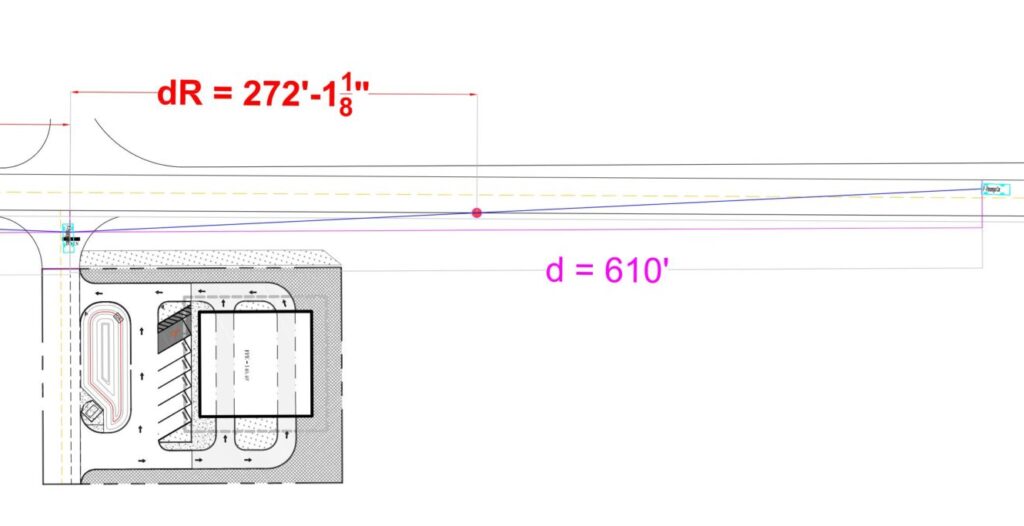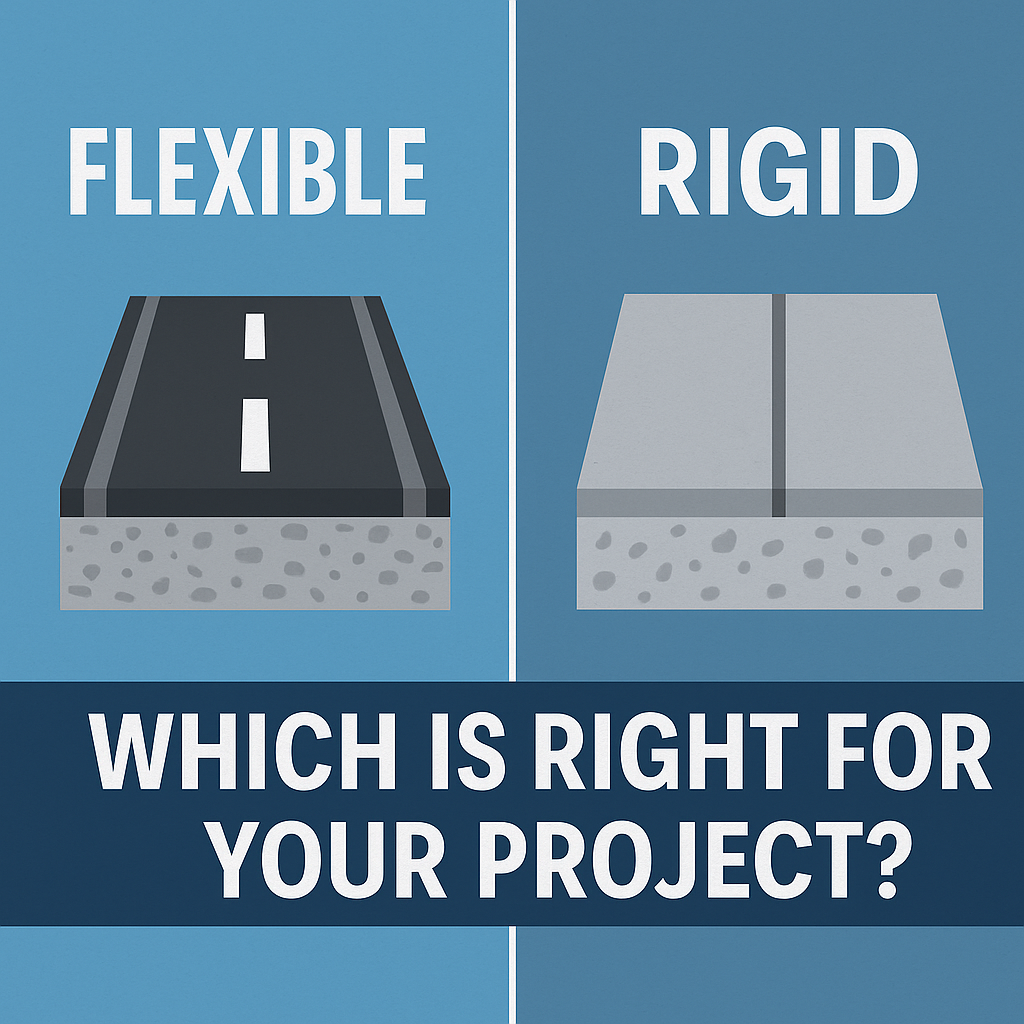What is PCU (Passenger Car Unit) in Traffic Engineering?
When analyzing roads, intersections, and traffic flow, engineers face a common challenge: vehicles are not all the same. A car, a motorcycle, a truck, and a rickshaw each take up different amounts of road space, move at different speeds, and influence congestion differently. To solve this, transportation engineers use the Passenger Car Unit (PCU) — […]







